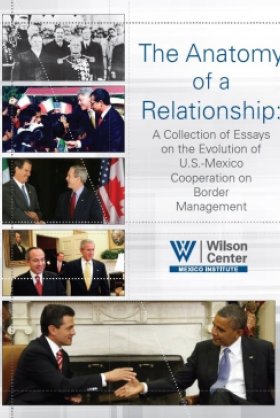Tools of the 21st Century Border


As set out in the essay earlier in this series by Alan Bersin and Michael Huston, at its core, 21st Century Border management means not drawing a line in the sand and forever building up more and more enforcement resources at the border itself, but instead aiming to secure and facilitate cross-border flows through an intelligent, multi-layered system approach, implemented both near to and far away from the border, inside and outside of a nation’s boundaries. Such an approach, almost by definition, necessitates international cooperation and public-private partnerships— in a world in which supply chains are multinational and non-state transnational entities abound, cooperative multinational approaches to border management are required. And so that security and efficiency are not won and lost one at the expense of the other in a zero-sum game, strategies and tools are needed that simultaneously facilitate desired flows while identifying and disrupting illicit traffic. These methods, which are described in this essay as the tools of the 21st Century Border, take advantage of advances in data processing, inspection technologies, and management techniques to segment risk, expedite secure flows, and better target higher risk traffic for physical or non-intrusive inspection.
The “tools” described below are by no means an exhaustive list of advances in border management, but have rather been selected to highlight some of the key concepts that U.S. and Mexican officials are attempting to implement in their efforts to ensure the security and competitiveness of the border region and our nations in their entirety.
The above text is an excerpt from the introduction to the essay. This essay is part six of our series "The Anatomy of a Relationship: A Collection of Essays on the Evolution of U.S.-Mexico Cooperation on Border Management."
Author


Mexico Institute
The Mexico Institute seeks to improve understanding, communication, and cooperation between Mexico and the United States by promoting original research, encouraging public discussion, and proposing policy options for enhancing the bilateral relationship. A binational Advisory Board, chaired by Luis Téllez and Earl Anthony Wayne, oversees the work of the Mexico Institute. Read more

